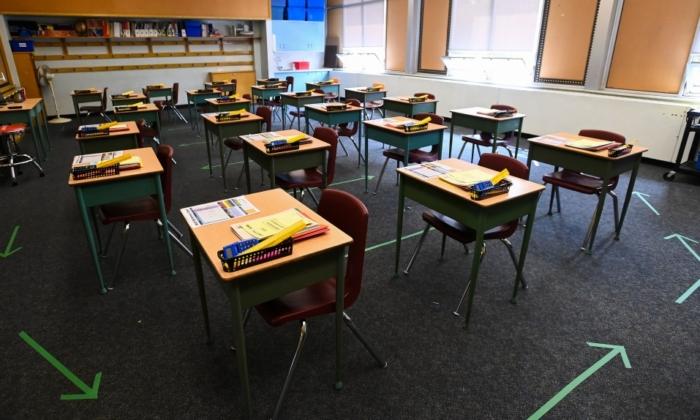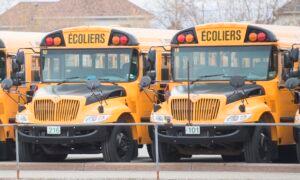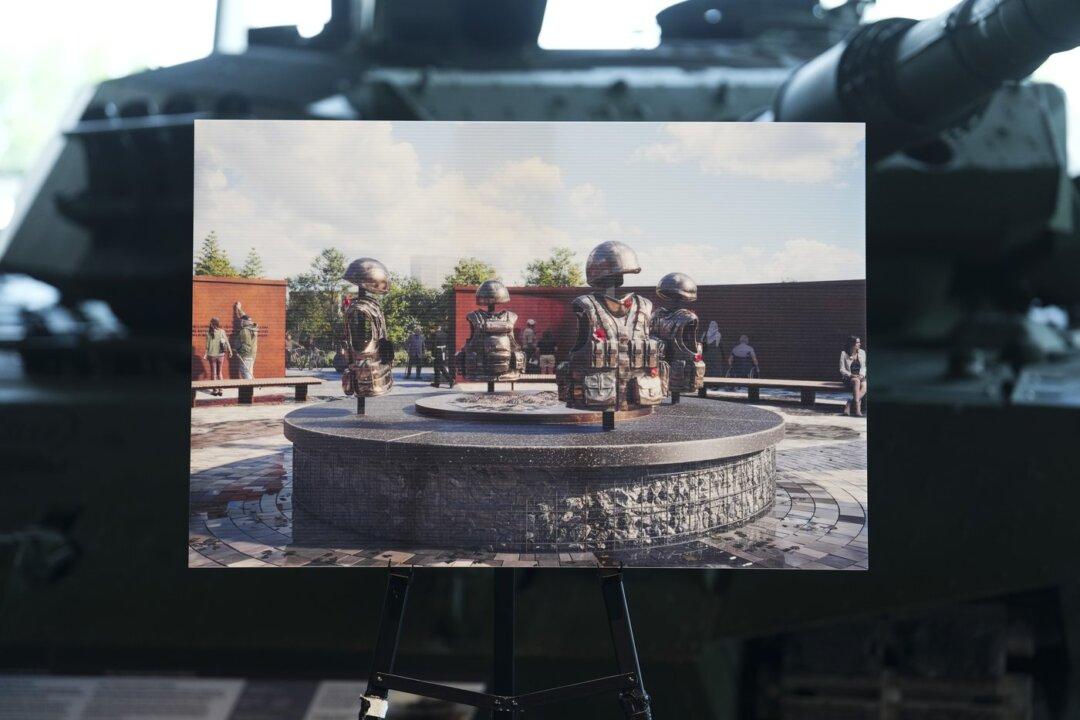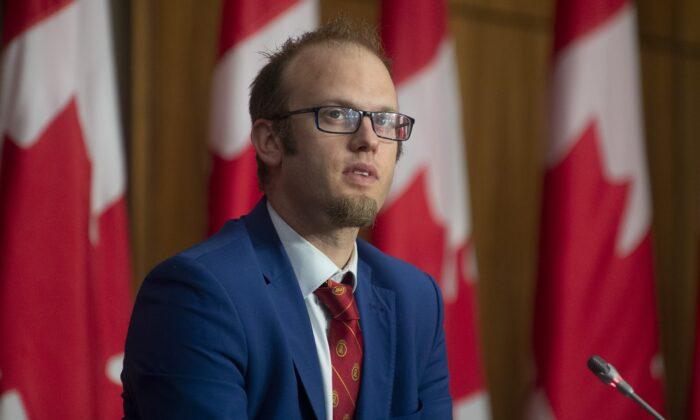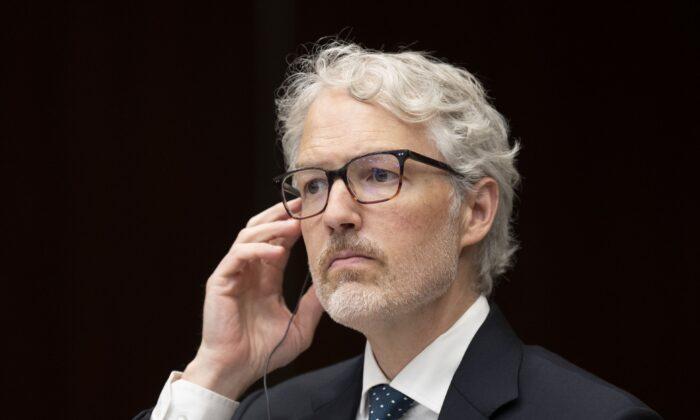The study found that annual spending on public schools in Canada rose by 8.3 percent between 2012–13 and 2020–21.
It amounted to $7.8 billion more than was necessary to account for changes in enrolment and inflation.
While the trend is up nationally, it does depend on the province. While eight of ten provinces saw increases, two did not.
Quebec saw the biggest increase in spending, at 32.9 percent, followed by Nova Scotia at 26.9 percent, and Prince Edward Island at 19 percent.
Two provinces, Alberta and Saskatchewan, saw declines in per-student spending after adjusting for inflation. Alberta’s spending went down by 11.6 percent per student—in Saskatchewan it dropped by 10 percent.
Over the nine-year period, provincial rankings in spending per student also changed.
Saskatchewan’s ranking also dropped from having the highest per-student spending in 2012–13 to ranking sixth on the list in 2020–21.
Both provinces also saw the biggest jump in enrolment. In Alberta, enrolment went up 12.4 percent, while in Saskatchewan it went up by 6.9 percent.
On the other hand, some of the Atlantic provinces saw spending per student going up.
Nova Scotia went from number seven in the rankings to the highest spender per student in 2020–21.
Prince Edward Island also jumped from ninth to fifth.
However, New Brunswick dropped from second to fourth place in the rankings, and Newfoundland and Labrador dropped from fifth to eighth.
Ontario saw an increase of 3 percent in spending, adjusted for inflation. In 2020–21, the province was spending $15,072 per student, putting it in the middle of the pack.
Manitoba had an increase of 7.8 per cent, while in B.C., spending per student went up by 12.8 per cent.
Compensation—in other words salaries and pensions—remain the biggest expense in education.
Spending on compensation jumped from $45.6 billion in 2012–13 to $57.3 billion in 2020–21. That’s a jump of just over 25 percent.
But in spite of the overall growth in compensation, it declined a little in its share of the education pie.
While compensation was 59.7 percent of overall spending in 2012–13, that declined to 58.1 percent in 2020–21.
Pensions and fringe benefits also grew.
The study found that capital spending—the cost of building new schools or fixing existing ones—grew the most of any category.
It went up from $4.9 billion to $7.6 billion, a jump of more than 54 percent.
Overall, says the study, the numbers show spending on education has increased, even after accounting for inflation and changes in enrolment.
It also indicates compensation continues to be the most expensive part of public education and contributed more to the growth of education spending than anything else.
